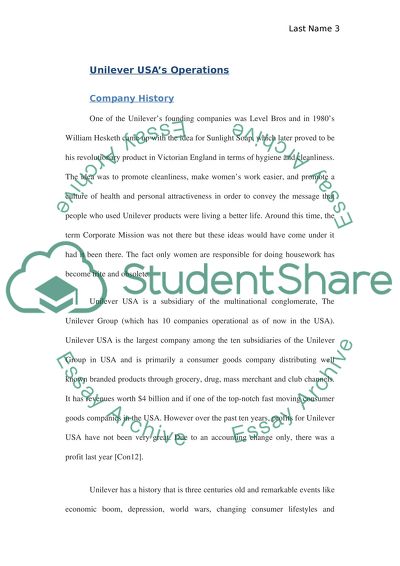Cite this document
(“Unilever Group - analysis Essay Example | Topics and Well Written Essays - 2750 words”, n.d.)
Retrieved from https://studentshare.org/marketing/1399532-the-name-of-company-you-chose
Retrieved from https://studentshare.org/marketing/1399532-the-name-of-company-you-chose
(Unilever Group - Analysis Essay Example | Topics and Well Written Essays - 2750 Words)
https://studentshare.org/marketing/1399532-the-name-of-company-you-chose.
https://studentshare.org/marketing/1399532-the-name-of-company-you-chose.
“Unilever Group - Analysis Essay Example | Topics and Well Written Essays - 2750 Words”, n.d. https://studentshare.org/marketing/1399532-the-name-of-company-you-chose.


